1)Sigrist, Maria Rosangela, and Marlies Sazima. “Pollination and reproductive biology of twelve species of neotropical Malpighiaceae: stigma morphology and its implications for the breeding system.”
Annals of Botany 94.1 (2004).
2)Christian, Ratsch. “The encyclopedia of psychoactive plants: ethnopharmacology and its applications.” (1998).
3)Gearin, Alex K., and Oscar Calavia Sáez. “Altered vision: Ayahuasca shamanism and sensory individualism.” Current Anthropology 62.2 (2021).
4)Davis, E. Wade, and James A. Yost. “Novel hallucinogens from eastern Ecuador.” Botanical Museum Leaflets, Harvard University 29.3 (1983).
5)Berlanda, Néstor, and Diego R. Viegas. Ayahuasca: Medicina del alma. Editorial Biblos, 2012.
6)Davis, E. Wade, and James A. Yost. “The ethnobotany of the Waorani of eastern Ecuador.” Botanical Museum Leaflets, Harvard University 29.3 (1983).
7)Samoylenko, Volodymyr, et al. “Banisteriopsis caapi, a unique combination of MAO inhibitory and antioxidative constituents for the activities relevant to neurodegenerative disorders and Parkinson’s disease.” Journal of ethnopharmacology 127.2 (2010).
8)Callaway, James C., et al. “Pharmacokinetics of Hoasca alkaloids in healthy humans.” Journal of ethnopharmacology 65.3 (1999).
9)Zhao, Ting, et al. “Inhibition of human cytochrome P450 enzymes 3A4 and 2D6 by β‐carboline alkaloids, harmine derivatives.” Phytotherapy Research 25.11 (2011).
10)Pennes, Harry H., and PAUL H. HOCH. “Psychotomimetics, clinical and theoretical considerations: harmine, Win-2299 and nalline.” American Journal of Psychiatry 113.10 (1957).
11)Grella, Brian, et al. “Investigation of hallucinogenic and related β-carbolines.” Drug and Alcohol dependence 50.2 (1998).
12)Ebrahimi-Ghiri, Mohaddeseh, Mohammad Nasehi, and Mohammad-Reza Zarrindast. “Anxiolytic and antidepressant effects of ACPA and harmaline co-treatment.” Behavioural Brain Research 364 (2019).
13)Goel, Rajesh Kumar, et al. “Revealing medicinal plants that are useful for the comprehensive management of epilepsy and associated comorbidities through in silico mining of their phytochemical diversity.” Planta Medica 81.06 (2015).
14)Onishi, Yoshiaki, et al. “The harmala alkaloid harmine is a modulator of circadian Bmal1 transcription.” Bioscience Reports 32.1 (2012).
15)Hostiuc, Sorin, Octavian Buda, and Daniela Adriana Ion. “Harmine for catatonic schizophrenia. A forgotten experiment.” Schizophrenia research 159.1 (2014).
16)Farzin, Davood, et al. “Effects of harmane and other β-carbolines on apomorphine-induced licking behavior in rat.” Pharmacology Biochemistry and Behavior 98.2 (2011).
17)Rommelspacher, H., et al. “Benzodiazepine antagonism by harmane and other/3-carbolines in vitro and in vivo. Ear.” J. Phar-Dic I (1981).
18)MOROI, Kayoko, Katsuo TAKASHI, and K. U. G. A. Tetsuro. “Involvement of GABAergic systems and benzodiazepine receptors in the jumping behavior induced by harmine and apomorphine in rats.” Japanese journal of pharmacology 47.4 (1988)..
19)Farzin, D., and E. Mousavi. “Effects of harmane, norharmane and harmine on writhing behavior induced by acetic acid in mice.” (2011).
20)Farzin, Davood, Pounehi Kalantari, and Hamed Zaer. “Effects of harmane, norharman and harmine on the hot–plate and formalin-induced nociceptions in mice.” Journal of Mazandaran University of Medical Sciences 22.87 (2012).
21)Liu, Wei-Zhu, et al. “Harmine enhances GABAergic transmission onto basoamygdala projection neurons in mice.” Brain Research Bulletin 137 (2018).
22)Alijanpour, Sakineh, et al. “Basolateral amygdala cannabinoid CB1 receptors mediate the antinociceptive activity of harmaline in adolescent male mice.” Physiology & Behavior 254 (2022).
23)MOROI, Kayoko, Katsuo TAKASHI, and K. U. G. A. Tetsuro. “Involvement of GABAergic systems and benzodiazepine receptors in the jumping behavior induced by harmine and apomorphine in rats.” Japanese journal of pharmacology 47.4 (1988).
24)Iurlo, M., et al. “Effects of harmine on dopamine output and metabolism in rat striatum: role of monoamine oxidase-A inhibition.” Psychopharmacology 159.1 (2001).
25)Brierley, Daniel I., and Colin Davidson. “Harmine augments electrically evoked dopamine efflux in the nucleus accumbens shell.” Journal of Psychopharmacology 27.1 (2013).
26)Banerjee, Rumpa, et al. “In-silico Prediction of the Beta-carboline Alkaloids Harmine and Harmaline as Potent Drug Candidates for the Treatment of Parkinson’s disease.” Anti-Inflammatory & Anti-Allergy Agents in Medicinal Chemistry (Formerly Current Medicinal Chemistry-Anti-Inflammatory and Anti-Allergy Agents) 20.3 (2021).
27)Schwarz, M. J., et al. “Activities of extract and constituents of Banisteriopsis caapi relevant to parkinsonism.” Pharmacology Biochemistry and Behavior 75.3 (2003).
28)Nasehi, M., et al. “Harmaline-induced amnesia: Possible role of the amygdala dopaminergic system.” Neuroscience 312 (2016).
29)Aricioglu-Kartal, Feyza, Hakan Kayır, and I. Tayfun Uzbay. “Effects of harman and harmine on naloxone-precipitated withdrawal syndrome in morphine-dependent rats.” Life sciences 73.18 (2003).
30)Grob, Charles S., and Jim Grigsby, eds. Handbook of medical hallucinogens. Guilford Publications, 2021.
31)Owaisat, Suzan, Robert B. Raffa, and Scott M. Rawls. “In vivo comparison of harmine efficacy against psychostimulants: preferential inhibition of the cocaine response through a glutamatergic mechanism.” Neuroscience letters 525.1 (2012).
32)Li, Yun, et al. “Harmine, a natural beta-carboline alkaloid, upregulates astroglial glutamate transporter expression.” Neuropharmacology 60.7-8 (2011).
33)Sun, Piyun, et al. “Harmine mediated neuroprotection via evaluation of glutamate transporter 1 in a rat model of global cerebral ischemia.” Neuroscience letters 583 (2014).
34)Buckholtz, N. S., and W. O. Boggan. “Inhibition by β-carbolines of monoamine uptake into a synaptosomal preparation: structure-activity relationships.” Life sciences 20.12 (1977).
35)Callaway, James C., et al. “Platelet serotonin uptake sites increased in drinkers of ayahuasca.” Psychopharmacology 116.3 (1994).
36)Li, Shu-Ping, et al. “Analogous β-carboline alkaloids harmaline and harmine ameliorate scopolamine-induced cognition dysfunction by attenuating acetylcholinesterase activity, oxidative stress, and inflammation in mice.” Frontiers in pharmacology 9 (2018).
37)Javoy, F., et al. “Lack of involvement of dopaminergic and GABA neurones in the inhibitory effect of harmaline on the activity of striatal cholinergic neurones in the rat.” Naunyn-Schmiedeberg’s Archives of Pharmacology 297.3 (1977).
38)Ruan, Shu, Feng Jia, and Jianbo Li. “Potential antitumor effect of harmine in the treatment of thyroid cancer.” Evidence-Based Complementary and Alternative Medicine 2017 (2017).
39)Li, Chuan, et al. “Anticancer activities of harmine by inducing a pro-death autophagy and apoptosis in human gastric cancer cells.” Phytomedicine 28 (2017).
40)Wu, Lin-Wen, et al. “Harmine suppresses the proliferation of pancreatic cancer cells and sensitizes pancreatic cancer to gemcitabine treatment.” OncoTargets and therapy 12 (2019).
41)Roy, Sonam, et al. “Discovery of harmaline as a potent inhibitor of sphingosine kinase-1: a chemopreventive role in lung cancer.” ACS omega 5.34 (2020).
42)Zhang, Yuanyuan, et al. “Harmaline isolated from Peganum harmala suppresses growth of esophageal squamous cell carcinoma through targeting mTOR.” Phytotherapy Research 35.11 (2021).
43)Bhattacharjee, Paromita, et al. “Therapeutic potential of harmaline, a novel alkaloid, against cervical cancer cells in vitro: Apoptotic induction and DNA interaction study.” Journal of Applied Biology and Biotechnology 6.4 (2018): 1-Notice.] ed epatico [Xu, Bin, et al. “Effects of harmaline on cell growth of human liver cancer through the p53/p21 and Fas/FasL signaling pathways.” Oncology letters 15.2 (2018).
44)Jalili, Cyrus, et al. “Harmine protects mercuric chloride kidney-induced injury by antioxidant activity in male mice: a biochemical and histological study.” Research in pharmaceutical sciences 15.6 (2020).
45)Salahshoor, Mohammad Reza, et al. “Effect of harmine on nicotine-induced kidney dysfunction in male mice.” International Journal of Preventive Medicine 10 (2019).
46)Zlatanic, Viktor. Harmine-Based Therapies to Promote Beta Cell Regeneration. Diss. Icahn School of Medicine at Mount Sinai, 2019.
47)Waki, Hironori, et al. “The small molecule harmine is an antidiabetic cell-type-specific regulator of PPARγ expression.” Cell metabolism 5.5 (2007).
48)Tariq, Mohammad, et al. “2-Deoxy-D-glucose attenuates harmaline induced tremors in rats.” Brain research 945.2 (2002).
49)Berrougui, Hicham, et al. “Vasorelaxant effects of harmine and harmaline extracted from Peganum harmala L. seed’s in isolated rat aorta.” Pharmacological research 54.2 (2006).
50)Berrougui, Hicham, et al. “Protective effects of Peganum harmala L. extract, harmine and harmaline against human low-density lipoprotein oxidation.” Journal of pharmacy and pharmacology 58.7 (2006).
51)Atteya, Reham, et al. “Chemical screening identifies the β-Carboline alkaloid harmine to be synergistically lethal with doxorubicin.” Mechanisms of ageing and development 161 (2017).
52)Liu, Xin, et al. “Harmine is an inflammatory inhibitor through the suppression of NF-κB signaling.” Biochemical and biophysical research communications 489.3 (2017).
53)Wang, Liangliang, et al. “Harmine alleviates titanium particle-induced inflammatory bone destruction by immunomodulatory effect on the macrophage polarization and subsequent osteogenic differentiation.” Frontiers in immunology (2021).
54)Huang, Jie, et al. “Harmine enhances type H vessel formation and prevents bone loss in ovariectomized mice.” Theranostics 8.9 (2018).
55)House, Robert V., Peter T. Thomas, and Hemendra N. Bhargava. “Comparison of the hallucinogenic indole alkaloids ibogaine and harmaline for potential immunomodulatory activity.” Pharmacology 51.1 (1995).
56)Yamaguchi, Momoka, et al. “Harmine suppresses collagen production in hepatic stellate cells by inhibiting DYRK1B.” Biochemical and Biophysical Research Communications 600 (2022).
57)Chen, Deyan, et al. “Harmine blocks herpes simplex virus infection through downregulating cellular NF-κB and MAPK pathways induced by oxidative stress.” Antiviral research 123 (2015).
58)Chen, Deyan, et al. “Harmine, a small molecule derived from natural sources, inhibits enterovirus 71 replication by targeting NF-κB pathway.” International Immunopharmacology 60 (2018).
59)Hutterer, Corina, et al. “Inhibitors of dual-specificity tyrosine phosphorylation-regulated kinases (DYRK) exert a strong anti-herpesviral activity.” Antiviral research 143 (2017).
60)Nenaah, Gomah. “Antibacterial and antifungal activities of (beta)-carboline alkaloids of Peganum harmala (L) seeds and their combination effects.” Fitoterapia 81.7 (2010).
61)Xing, M., et al. “Antimicrobial efficacy of the alkaloid harmaline alone and in combination with chlorhexidine digluconate against clinical isolates of Staphylococcus aureus grown in planktonic and biofilm cultures.” Letters in applied microbiology 54.5 (2012).
62)Li, Xiuyun, et al. “Synergistic effects and mechanisms of combined treatment with harmine hydrochloride and azoles for resistant Candida albicans.” Frontiers in microbiology 10 (2019).
63)Benarous, Khedidja, et al. “Harmaline and hispidin from Peganum harmala and Inonotus hispidus with binding affinity to Candida rugosa lipase: In silico and in vitro studies.” Bioorganic chemistry 62 (2015).
64)Alomar, Maria L., et al. “In vitro evaluation of β-carboline alkaloids as potential anti-Toxoplasma agents.” BMC research notes 6.1 (2013).
65)Tabari, M. A., M. R. Youssefi, and A. A. Moghadamnia. “Antitrichomonal activity of Peganum harmala alkaloid extract against trichomoniasis in pigeon (Columba livia domestica).” British Poultry Science 58.3 (2017).
66)Shahinas, Dea, et al. “Harmine is a potent antimalarial targeting Hsp90 and synergizes with chloroquine and artemisinin.” Antimicrobial agents and chemotherapy 56.8 (2012).
67)Cui, Gaofeng, et al. “Natural β-carboline alkaloids regulate the PI3K/Akt/mTOR pathway and induce autophagy in insect Sf9 cells.” Pesticide biochemistry and physiology 154 (2019).
68)Rizwan-ul-Haq, Muhammad, et al. “Biological impact of harmaline, ricinine and their combined effects with Bacillus thuringiensis on Spodoptera exigua (Lepidoptera: Noctuidae).” Journal of Pest Science 82.4 (2009).
69)Rharrabe, Kacem, et al. “Harmaline ingestion effect on development, metabolites and midgut of the red flour beetle, Tribolium castaneum.” Journal of Asia-Pacific Entomology 23.1 (2020).
70)Sariyea, Dotlevbibi. Insecticidal activity of harmala alkaloids from peganum harmala against spurge hawk moth (Hyles Euphorbiae). Diss. International University, Vietnam, 2013.
71)Akhtar, M. S., and I. Ahmad. “Evaluation of antinematodal efficacy of tetrahydroharmine in goats.” Veterinarski Arhiv 61 (1999).
72)O’hearn, E., and M. E. Molliver. “Degeneration of Purkinje cells in parasagittal zones of the cerebellar vermis after treatment with ibogaine or harmaline.” Neuroscience 55.2 (1993).
73)McIlhenny, Ethan H., et al. “Direct analysis of psychoactive tryptamine and harmala alkaloids in the Amazonian botanical medicine ayahuasca by liquid chromatography–electrospray ionization-tandem mass spectrometry.” Journal of Chromatography A 1216.51 (2009).

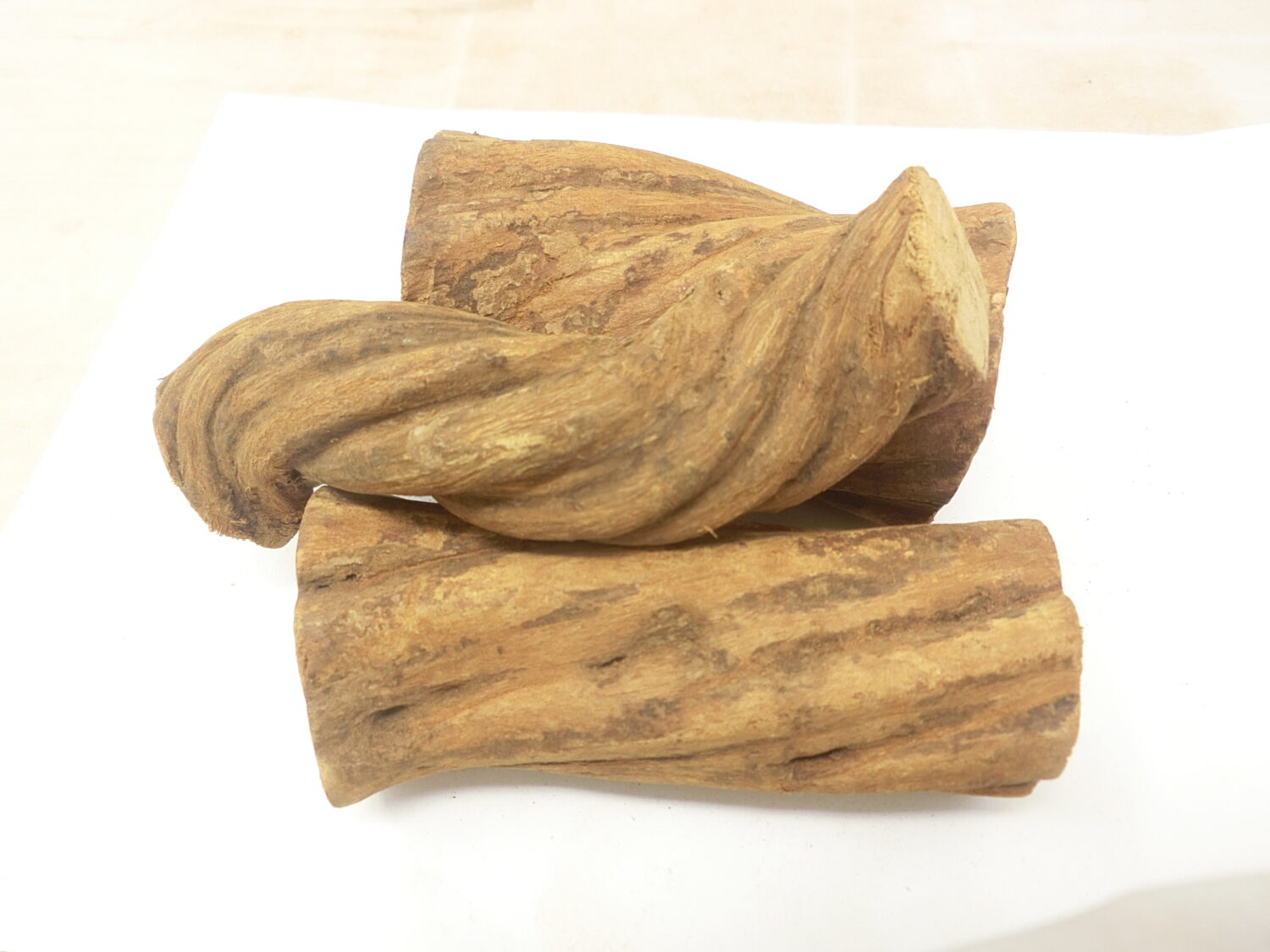
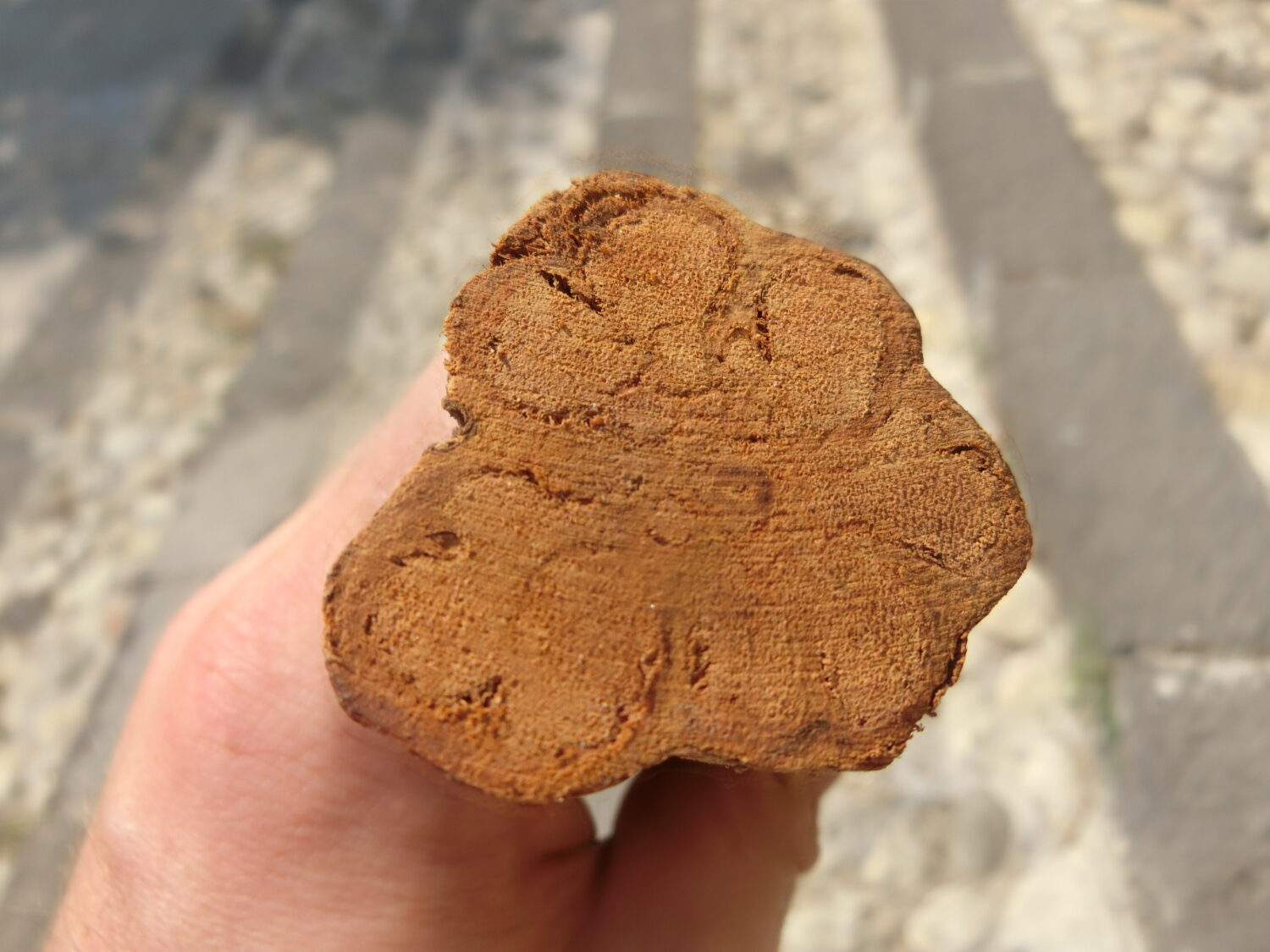
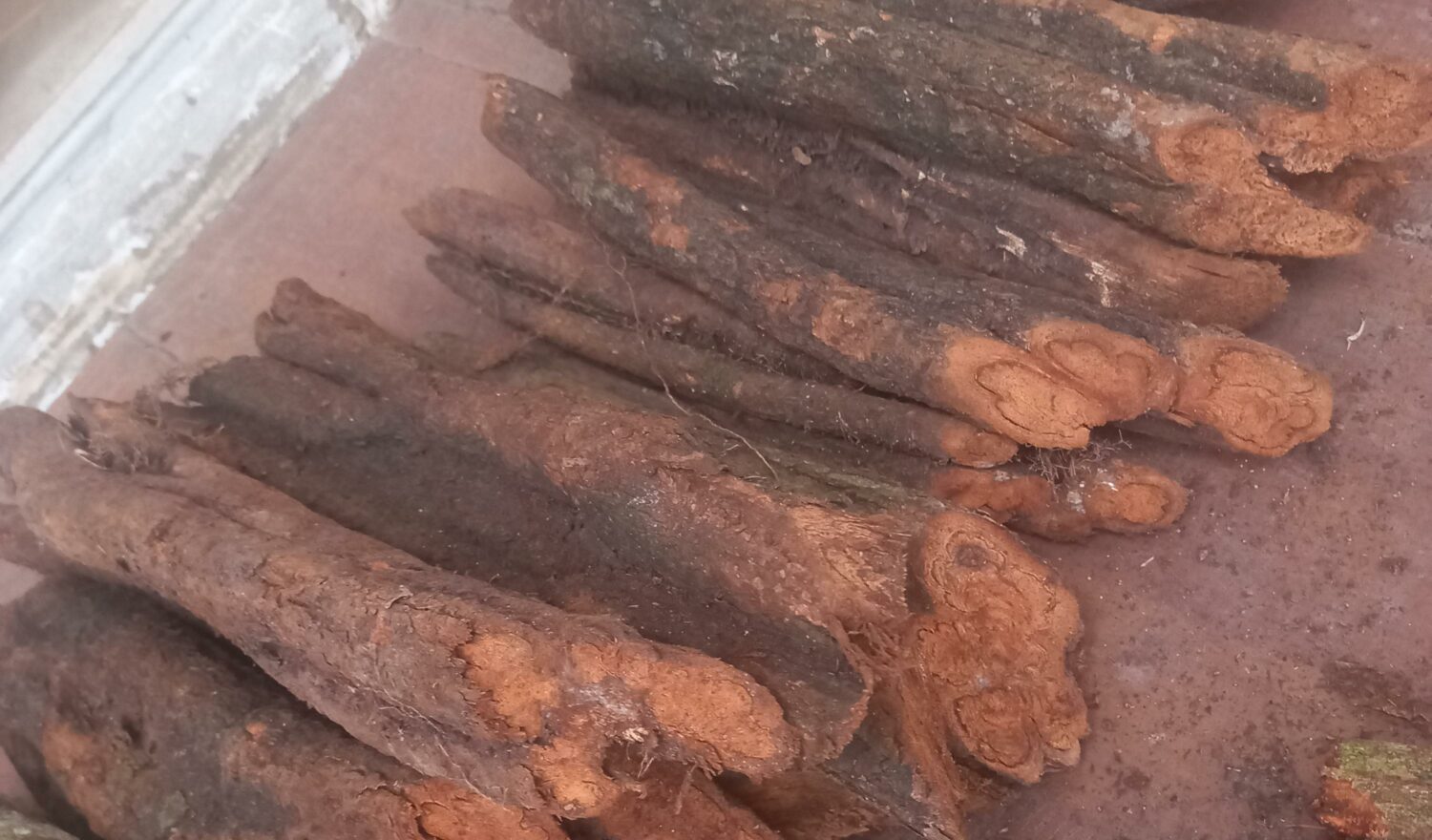
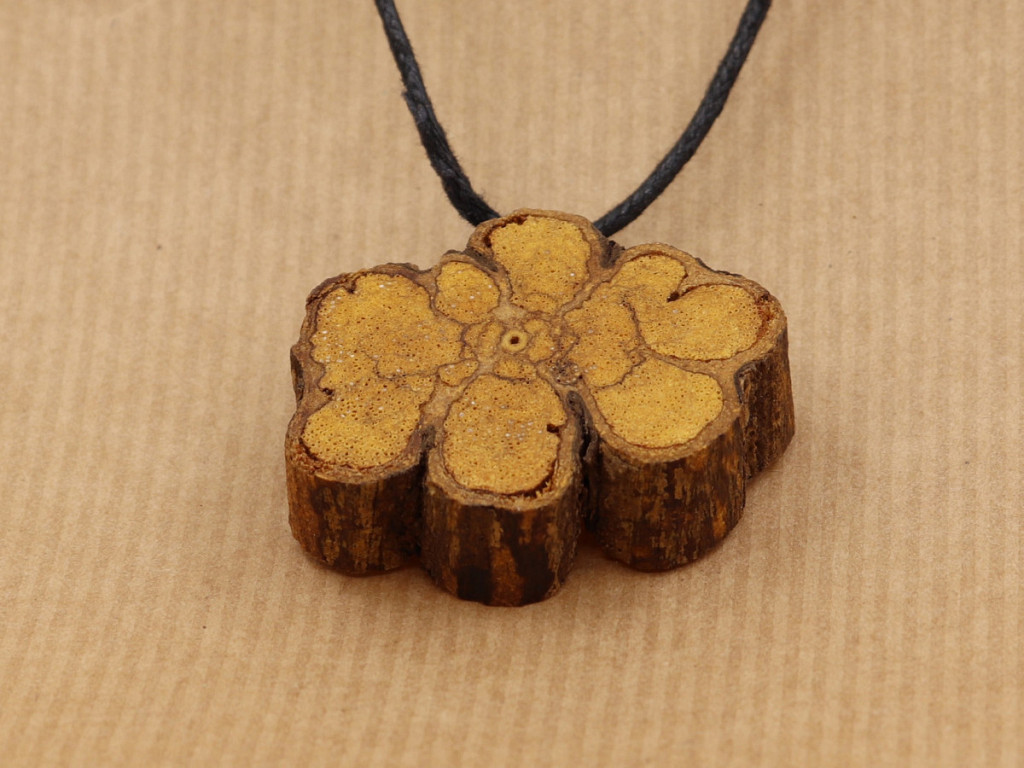
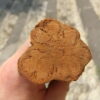
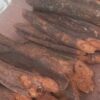
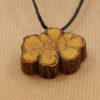
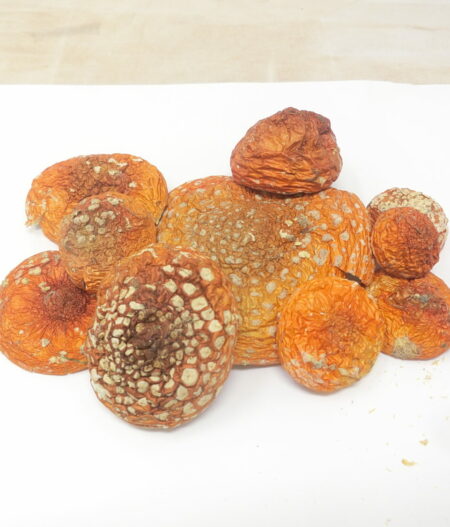
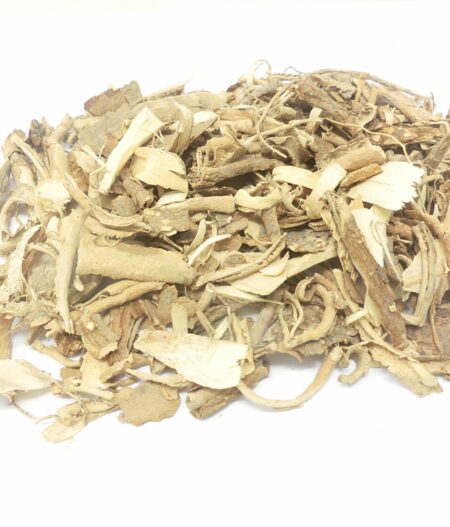
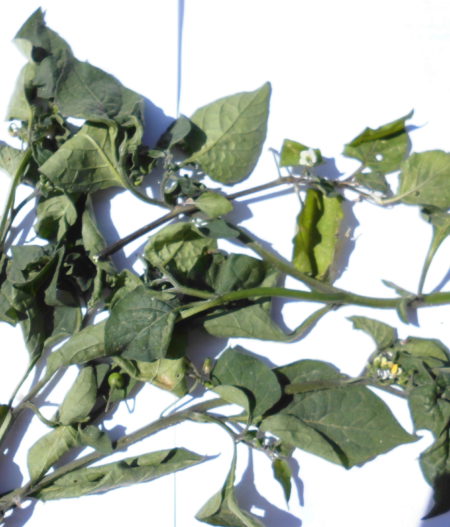
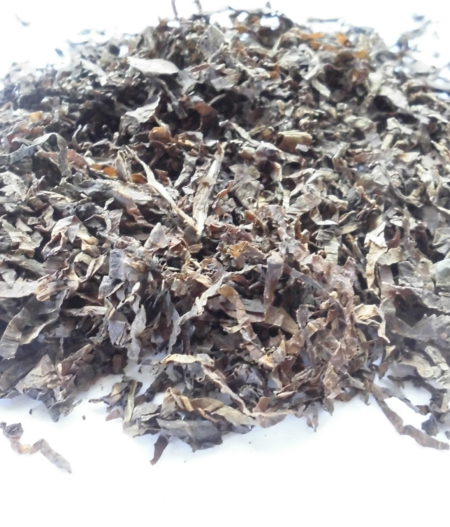
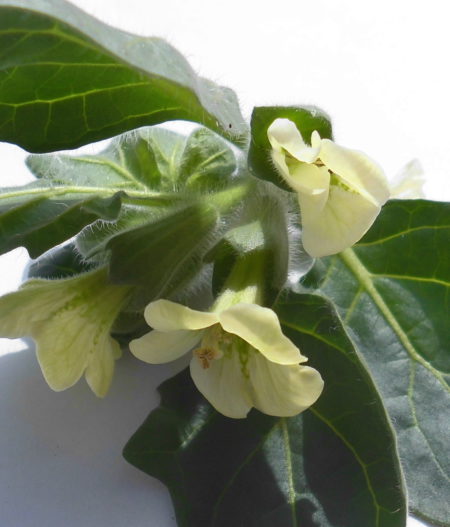
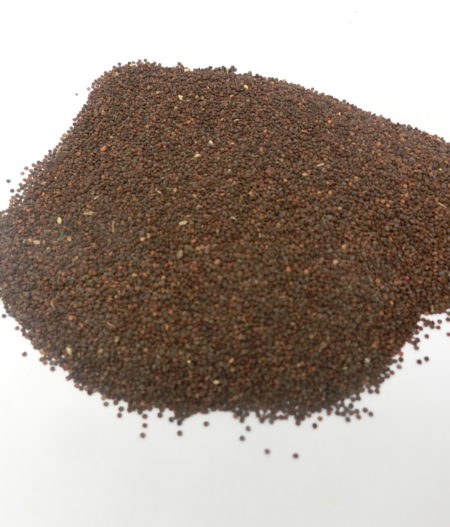
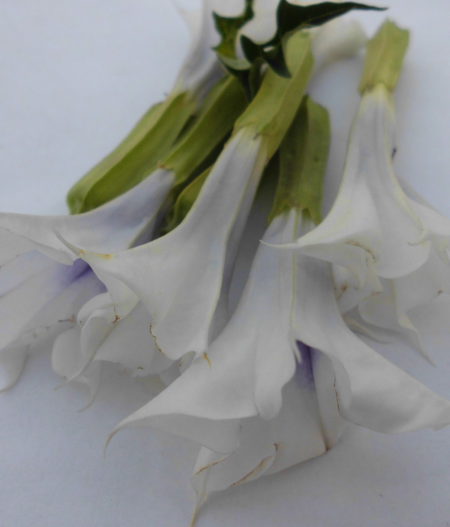
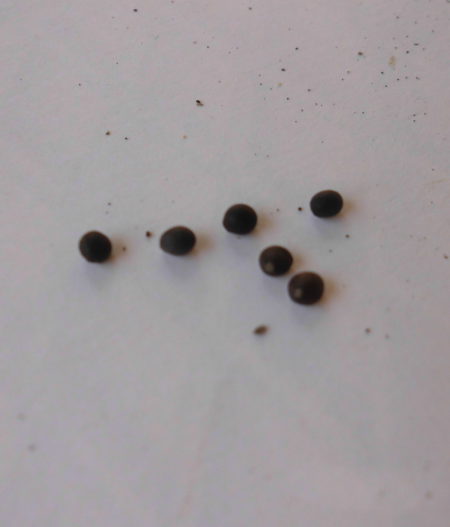
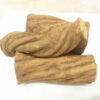
Recensioni
Ancora non ci sono recensioni.